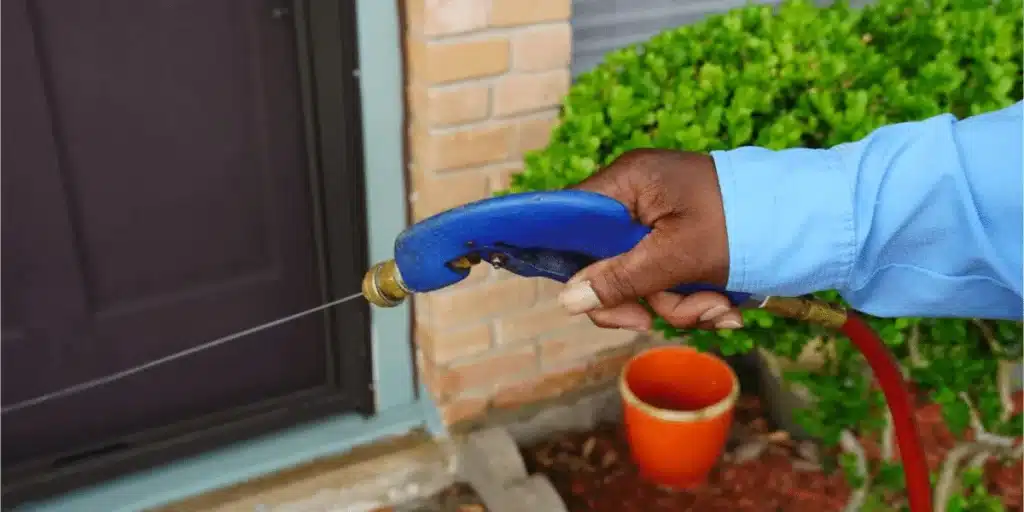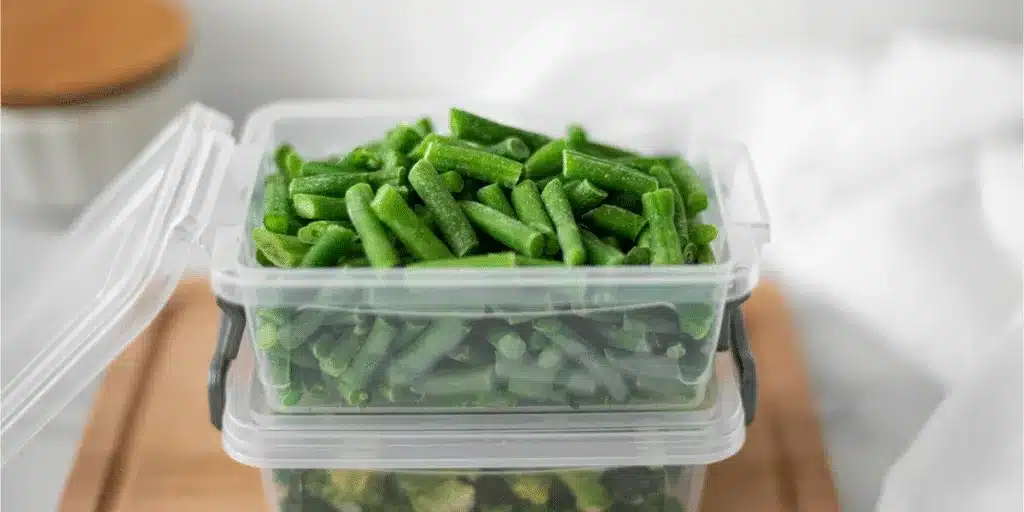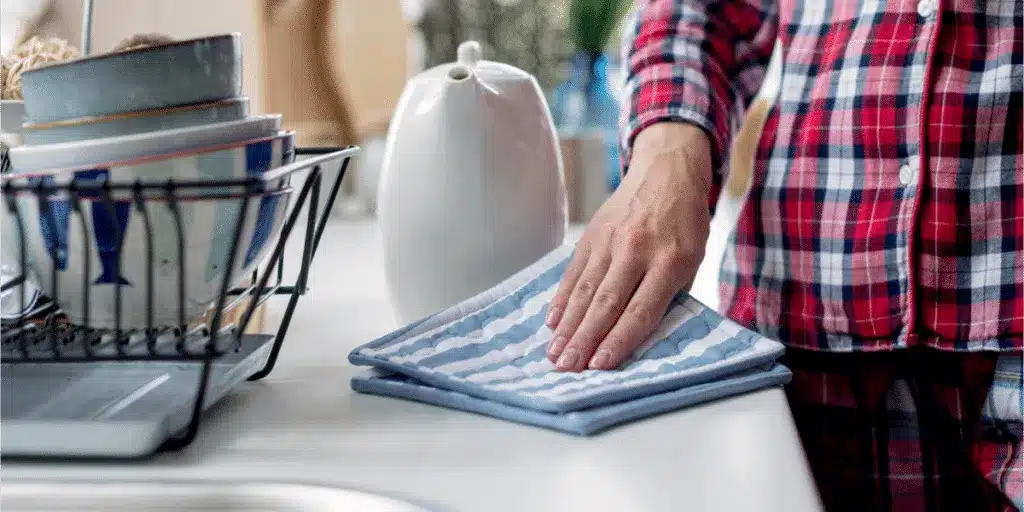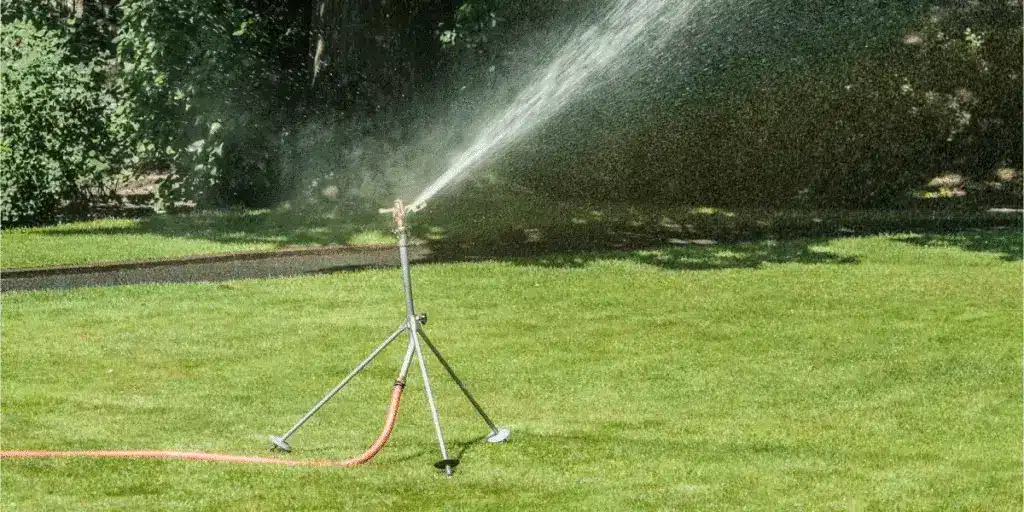A Checklist To Prepare For Pest Control!
The right preparation can improve your pest control treatment’s effectiveness a lot. A well-laid-out approach determines whether your treatment works partially or actually keeps the bugs away. Your home’s preparation needs a bunch of key steps that start from the original inspection and continue through the treatment.

Safety Preparations Before Pest Control
Safety measures are important when you prepare for pest control treatment. Here is everything you need to protect your household items and loved ones.

Securing food and kitchen items
Your first priority should be to protect all food items from potential contamination. Store all food in airtight containers and keep them in sealed cabinets. You should cover or remove kitchen utensils, dishes, and small appliances from countertops to avoid chemical exposure. Your countertops and sinks need to be really clean and dry to prevent any residual chemical contact with food preparation areas.
Protecting children and pets
Your family’s safety is key. Children and pets need extra protection because they are more sensitive to pest control chemicals.
Covering sensitive electronics and furniture
Your valuable items need careful protection. Electronics can be damaged easily during pest control treatments. Cover all electronic devices with protective sheets to prevent exposure. Here’s what you need to do for furniture.
These precautions help make sure you get effective pest control while keeping your family and belongings safe. You should tell your Bugmobiles technician about any specific concerns with sensitive items in your home, and they can adjust their treatment approach to match your needs.
Room-by-Room Preparation
A room-by-room approach helps you prepare your home for pest control.

Kitchen and dining area checklist
Your kitchen needs the most attention because this is where pests like to be. Empty all cabinets and drawers, and place items in sealed containers. Clear your countertops of small appliances and cooking equipment.
Bedroom and living room preparation steps
Living spaces need careful attention to make the treatment work. Pull furniture at least 18-24 inches away from walls. These areas need specific preparation.
Bathroom and utility room requirements
Bathrooms need special attention during pest control preparation. Store all personal care products in sealed containers. The utility rooms also need work.
Your technician will help you with more preparation steps based on your pest situation and treatment plan.
Outdoor Area Preparation Steps
Your outdoor spaces require careful attention to control pests well. Good yard maintenance creates an environment that keeps pests away.

Yard and garden preparation
Managing your lawn properly makes a big difference. A healthy lawn needs deep watering only twice a week. Focus on thorough soaking instead of frequent shallow watering to help roots grow deeper. Good fertilization creates a thick lawn that naturally fights off pest infestations.</span
Exterior home inspection points
A complete exterior check helps you spot where pests might enter your home. Look for these key areas.
Storage area organization
Smart storage organization helps prevent pests. Use plastic containers with tight-fitting lids instead of cardboard boxes. Keep storage areas cool and dry to avoid attracting moisture-loving pests. Store firewood away from your home’s structure in a dry area. This prevents creating perfect conditions for termites and other wood-destroying insects. Check stored items often, especially holiday decorations and seasonal equipment that sit untouched for long periods.
Your Bugmobiles technician will give you more specific guidance based on your situation and local pest challenges. They’ll make sure your outdoor preparation works well with their proven treatment methods.
Do These Before Pest Control Services!
Make time to complete preparation steps before your scheduled service. Different pests need different approaches. Bugmobiles will guide you through extra steps based on your specific situation. These preparation practices help prevent future pest problems and protect your investment in pest control. Schedule your free inspection today and let our experienced technicians create a pest-free environment that lasts.
Request Service
Pest Control Preparation FAQs
What are the steps to prepare for a pest control treatment?
The key steps include securing food and kitchen items, protecting children and pets, covering sensitive electronics and furniture, cleaning thoroughly, and moving furniture away from walls.
How should I protect my family and pets during pest control?
Remove children’s toys and personal items from treatment areas, store toiletries in sealed cabinets, and relocate pets to a safe location during treatment.
What should I do with food and kitchen items before pest control?
Store all food in airtight containers and place them in sealed cabinets. Remove or cover kitchen utensils, dishes, and small appliances.
How do I prepare my outdoor spaces for pest control?
Maintain your lawn properly, trim tree branches and shrubs away from your home, remove standing water, clean gutters, and organize storage areas using plastic containers with tight-fitting lids.
